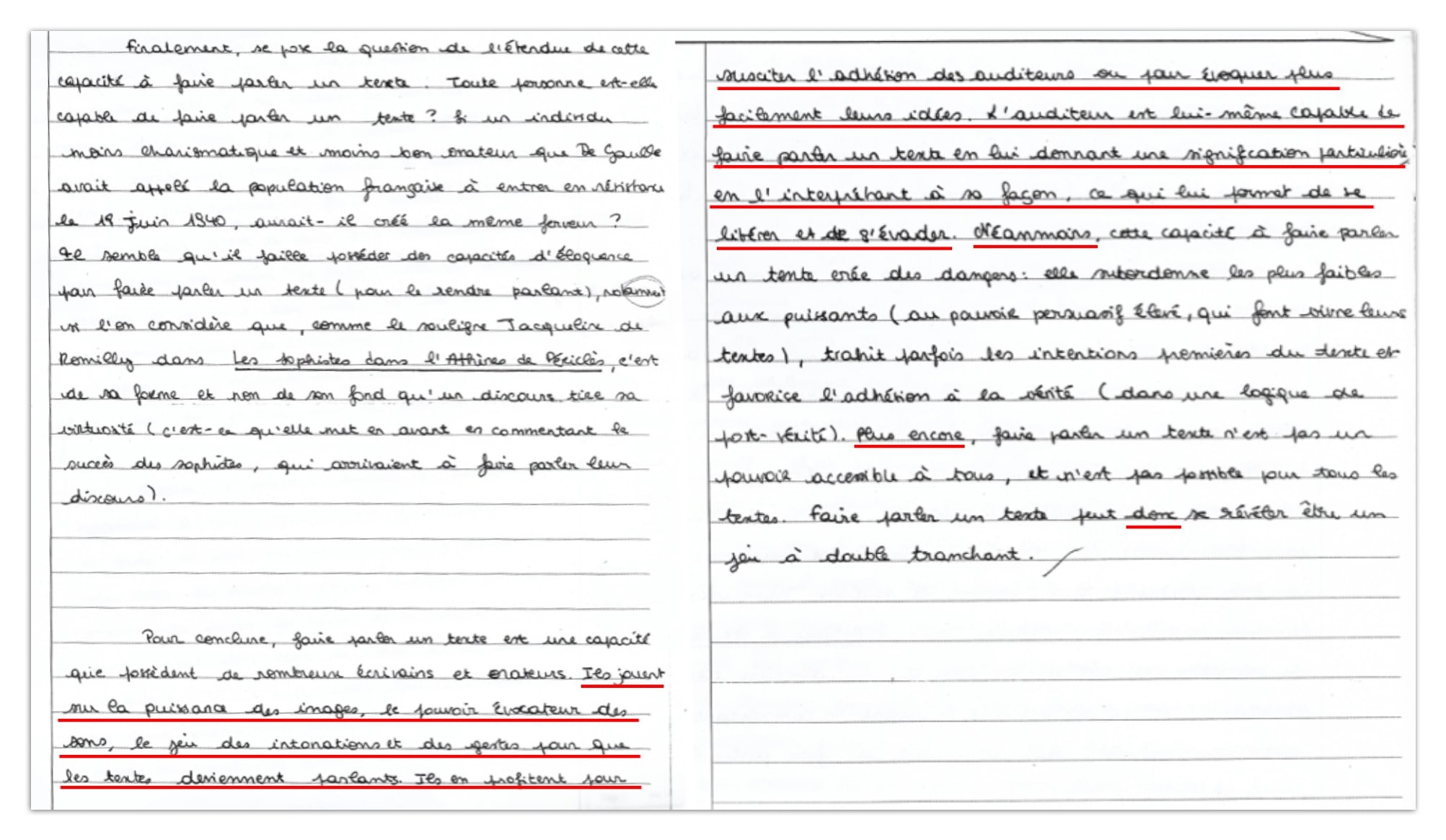FREE Consequences of the Columbian Exchange Essay.
Essay The Columbian Exchange: The New World. The Columbian Exchange is a term referring to Christopher Columbus arriving to the New World. His appearance to the New World brought about the agricultural lifestyle and influenced the way people lived. Tobacco, turkeys silver, and potatoes were various products that were exchanged to the Europeans.
Atlantic the Columbian Exchange. To understand the consequences of the Columbian Exchange, I’m going to investigate the impact of the movement of plants, animals, and people across the Atlantic between 1492 and 1850. My goal is to see what effect the new global networks had on the different peoples and regions of the Earth.
Columbian Exchange Essay. Long-Term Effects of the Columbian Exchange Planet earth is the only planet on Solar System where human beings can survive, where diseases, deaths, killings, greediness and love are found. There have been great events occurred on earth which changes the society of mankind.. Premium Effects Of Columbian.
Columbian Exchange Effects. The Columbian Exchange was an exchange of people, animals, crops, disease and culture between the New World, the Americas, and the Old World, consisting of Europe, Asia and Africa. Dubbed the Columbian Exchange after Christopher Columbus’ arrival to the Americas in 1492, this exchange lasted until the mid 1700s.
The Columbian Exchange refers to the interchange of diseases, crops, and ideas between the New and Old World after Christopher Columbus’s initial voyage to the Americas in 1492. These biological exchanges changed the way of life for both Native Americans and the Europeans, impacting the social and cultural makeup of both sides.
The most importantly the slaves were bartered during the Columbian exchange. The author of “The Columbian exchange” Alfred Crosby stated that the effects of the Columbian voyage to the America was highly devasting just like the “blacks deaths” in old world (Cowey 1991, 54-56).
The Columbian Exchange was the global exchange of plants, animals, diseases, ideas, and technology between the Old and New Worlds during a time of discovery, exploration, and colonization. This exchange changed the way many people, including the Europeans and Native Americans, lived and helped support the increase in population through the circulation of a variety of new crops and livestock.










